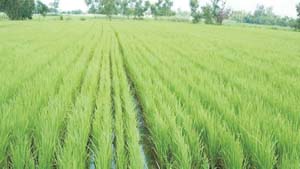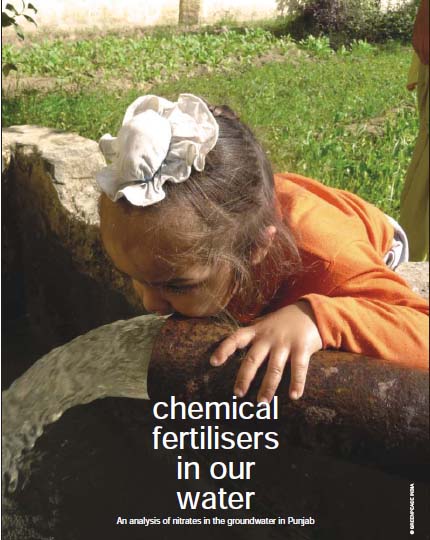/regions/punjab-plains
Punjab Plains
On a wing and a prayer
Posted on 18 Dec, 2016 06:35 AMRenuka can be forgiven if she were to feel a bit crazy at times. Like many other women, she could be finding it hard to balance her pious and wild sides.

Bihari bait for Punjabi fish
Posted on 20 Mar, 2016 11:56 AM“This is my business, I am nobody’s slave,” says Kapal Nishad. He is one of the over two million migrants who came to Punjab over 20 years ago.

Ponds--once a lifeline of India's agriculture--are being revived by some Punjab farmers
Posted on 16 Nov, 2015 10:45 AMThe northern region of India is facing drought for the second consecutive year.

Let's not only blame Punjab's farmers for lighting up!
Posted on 13 Nov, 2015 11:35 PMA few days ago, there were news items galore with NASA's images of the burning of rice straw in Punjab. The red dots were presumed to be the fields

The nonexistent bridge in Punjab
Posted on 10 Aug, 2015 12:14 PMBakshish Singh once had 13 acres of farmland; now he only has one. He lost the rest in 2013 when the Beas river changed its course and started flowing near his house. Bakshish lives at Rampur Gaura village in Kapurthala district of Punjab, the state generally known for good roads, urbanised villages and wealthy farmers.

Born to fly: A video on the joy of flying in Harike, north India's largest wetland
Posted on 12 Mar, 2013 01:20 PMSource of video: thenitindas
Analysis of Delhi’s budgetary allocations for water and sanitation services in slum areas - Article in Economic and Political Weekly
Posted on 06 Feb, 2013 11:18 AMThis article in Economic and Political Weekly, by analysing various budget documents, attempts to capture the quantum of budgetary outlay for Water and Sanitation Services (WSS) in the slums of Bawana and Bhalaswa in Delhi. Further it captures various systemic weaknesses that impede the effective delivery of WSS in these two slum areas.
Effects of industrial and agricultural activities on properties of groundwater - A paper published in the Bulletin of Environment, Pharmacology & Life Sciences
Posted on 05 May, 2012 03:24 PMThe main sources of groundwater contamination are industrial, municipal and agricultural wastes (both solid and liquid), rocks, sludge and slimes, refuse, pesticides, herbicides, effluents from livestock and poultry farms. Many pollutants are even able to penetrate into groundwater aquifers.
Zero tillage in the rice-wheat systems of the Indo-Gangetic plains - A review of impacts and sustainability implications by IFPRI
Posted on 31 Oct, 2011 06:49 PM This paper by the International Food Policy Research Institute (IFPRI) reviews the success of zero-tillage wheat in the rice-wheat systems of the Indo-Gange
This paper by the International Food Policy Research Institute (IFPRI) reviews the success of zero-tillage wheat in the rice-wheat systems of the Indo-Gange
Chemical fertilizers in our water - An analysis of nitrates in the groundwater in Punjab by Greenpeace
Posted on 31 Oct, 2011 09:00 AM The level of nitrate in drinking water was tested from groundwater artesian wells located within farms and surrounded by crops (mostly rice and wheat rotations).
The level of nitrate in drinking water was tested from groundwater artesian wells located within farms and surrounded by crops (mostly rice and wheat rotations).
Nitrate pollution in groundwater is associated with nitrogen loads in the environment. In urban areas, it is associated with sewage and in agriculture areas, with livestock sources and nitrogen fertiliser inputs. Nitrate pollution in drinking water can have serious health impact on humans, especially for babies and children. The most significant potential health effects of drinking water contaminated with nitrate are the blue-baby syndrome (methemoglobinemia) and cancer.